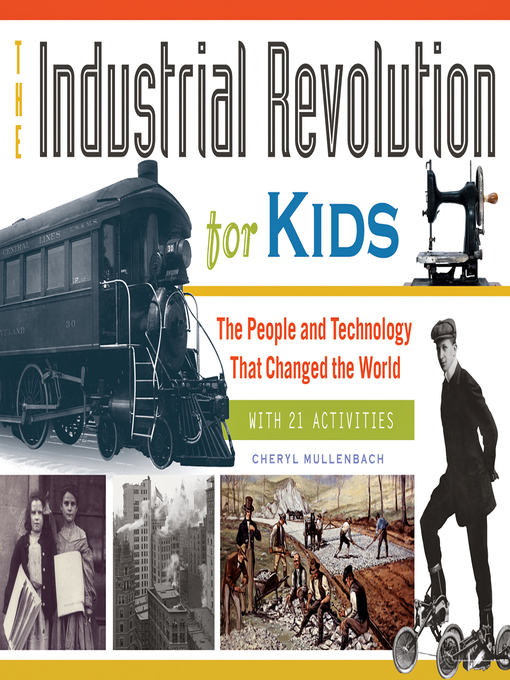This blend of authoritative historic overview and human interest stories recounts one of the most important eras in American history
This educational activity book introduces young readers to the Industrial Revolution through the people, places, and inventions of the time, from the incredibly wealthy Rockefellers and Carnegies and the dingy and dangerous factories of the day to the creation of new forms of transportation and communication. By recounting this fascinating period in American history through the eyes of everyday workers, kids, sports figures, and social activists whose names never appeared in history books—including Hannah Montague, who revolutionized the clothing industry with her highly popular detachable collars and cuffs and Clementine Lamadrid, who either helped save starving New Yorkers or scammed the public into contributing to her one-cent coffee stands—this book helps tell the human stories of the Industrial Revolution. Twenty-one engaging and fun crosscurricular activities bring the times and technologies to life and allow for readers to make an assembly line sandwich, analyze the interchangeable parts of a common household fixture, weave a placemat, tell a story through photographs, and much more. Additional resources featured include books to read, places to visit, and websites to explore.


